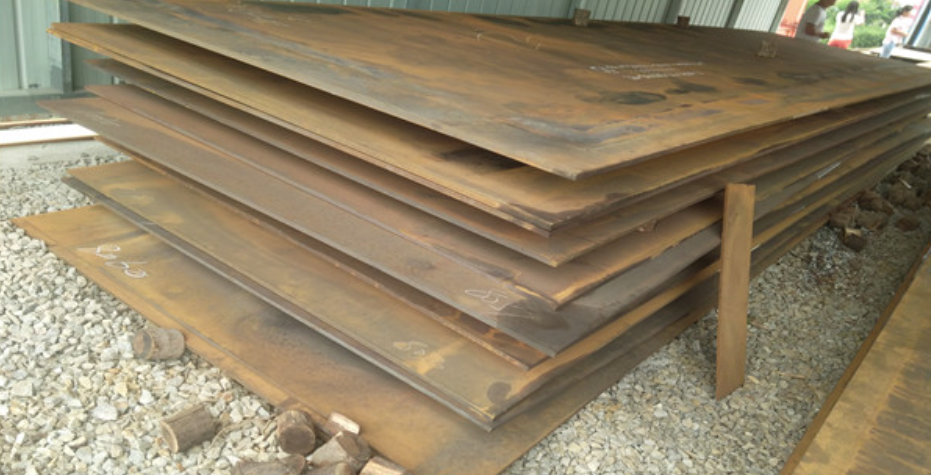
Wear-resistant steel plates, also known for abrasion-resistant steel plates, are specially designed and manufactured to resit harsh wear and impact conditions. These plates are made from high-quality steel alloys that have been hardened and treated to enhance their resistance against abrasion, erosion, and impact damage.
Properties of wear-resistant steel plates:
The critical characteristic of wear-resistant steel plates is their ability to withstand repeated friction, impact, and scratching, therefore reducing downtime and maintenance costs. They offer excellent resistance to abrasive materials, such as rocks, ores, coal, minerals, and grains, which can cause significant damage to unprotected surfaces. These plates also exhibit high hardness, toughness, and strength, enabling them to resist deformation and maintain their structural integrity under demanding operating conditions.
Application of wear-resistant steel plate:
Wear-resistant steel plates are commonly used in mining, construction, manufacturing, and material handling industries, where equipment and machinery are subjected to frequent wear, impact, and sliding abrasion. These plates provide a reliable and cost-effective solution to extend the lifespan and durability of critical components, such as buckets, chutes, crushers, hoppers, and conveyor systems.
Wear-resistant steel plates are available in various grades and thicknesses to cater to different application requirements. They can be easily fabricated and welded, allowing customized shapes and sizes to fit specific equipment or structures. Additionally, these plates can be further processed, such as bending, forming, cutting, or drilling, to suit different installation needs.
Overall, wear-resistant steel plates play a crucial role in protecting vulnerable components and structures from excessive wear and damage, thereby improving operational efficiency, reducing maintenance costs, and extending the service life of equipment in various industries.








|

|

|

|

|
| Timely Info | Independent | Platform | Multiple guarantees | Self-operated storage |
| About us | Channel | Useful tools |
|---|---|---|
| About China Steel Market | Prices | Steel weight calculation |
| Contact us | Answers | |
| Terms & Conditions | Inventory | |
| Privacy Policy | Help |
Hot search words: